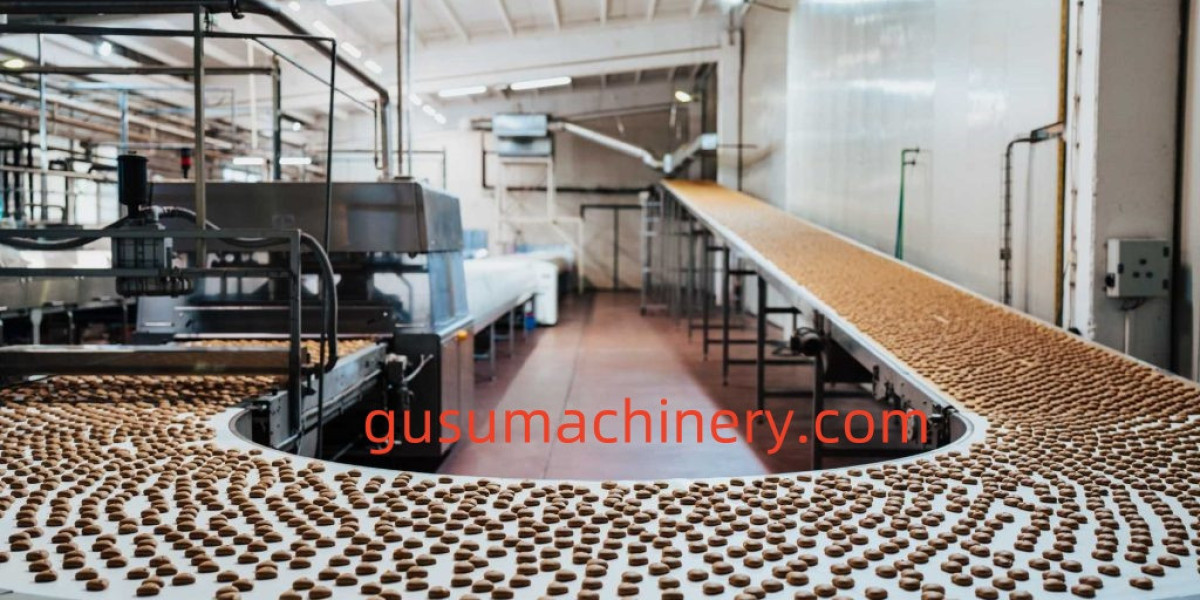Industries that rely on precision, durability, and fine optical quality increasingly turn to engineered plastics, especially when advanced materials like PETG Film play a central role in high-performance design. Positioned between traditional PET and polycarbonate, PETG-based films offer a combination of clarity, toughness, and process stability that makes them suitable for many specialized applications. For Shanghai Mingshida International Trading Co., supplying this type of film allows the company to address stringent customer requirements in packaging, printing, and protective-material manufacturing.
One of the distinct material characteristics of PETG-based films is their amorphous molecular structure, which contributes to excellent transparency and minimal light distortion. Unlike semi-crystalline polymers, PETG maintains clarity even after mechanical stress, bending, or thermoforming. This is particularly important in industries such as cosmetics packaging, medical displays, and retail signage, where visibility and presentation cannot be compromised. The film’s inherent smoothness also enhances printability and coating adhesion, giving designers more freedom when producing high-value displays or laminated surfaces.
In terms of structural behavior, PETG-based films provide high impact resistance without sacrificing flexibility. Their energy absorption capability makes them suitable for protective covers, equipment guards, and industrial panels. PETG’s ability to maintain its strength under repeated handling or stress also makes it a trusted choice for reusable packaging systems. Shanghai Mingshida International Trading Co. frequently collaborates with clients who require films capable of withstanding both transportation forces and daily operational use, especially in hygiene-sensitive or fragile-goods sectors.
From a processing standpoint, PETG films exhibit excellent thermoforming behavior. They heat evenly, form deeply, and maintain optical consistency without developing internal stress marks. This is a major advantage over traditional rigid plastics, which often show whitening or stress cracking after stretching. PETG’s predictable forming window allows manufacturers to fabricate intricate shapes such as blister packs, instrument housings, equipment panels, and display contours. The lower forming temperature also reduces energy consumption and shortens production cycles, making it attractive for large-scale industrial converters.
Printability is another major advantage of PETG-based films. Their surface readily accepts UV-curable inks, solvent-based inks, and digital printing technologies without requiring extensive surface treatments. This simplifies manufacturing processes for companies producing marketing displays, product labels, and promotional panels. Additionally, the film’s compatibility with adhesive lamination enables it to bond effectively with protective coatings, reinforcing layers, and decorative films. These combined characteristics support both aesthetic and functional objectives in commercial printing.
Chemical resistance expands the usefulness of PETG films across environments where exposure to cleaners, alcohol wipes, oils, and mild chemicals is common. This is especially valuable in healthcare settings, laboratories, food-processing environments, and industrial workplaces. PETG films resist moisture absorption, minimizing warping or dimensional instability. Their long-term clarity and toughness make them suitable for face shields, equipment windows, and panel overlays used in demanding daily conditions. For Shanghai Mingshida International Trading Co., these properties align with customer needs across multiple sectors.
To verify performance, PETG films undergo a range of mechanical, optical, and durability tests. Tensile testing determines elongation and break resistance, ensuring that the film can withstand daily mechanical stresses. Impact tests measure absorbed energy during sudden force events, which is important for protective applications. Optical tests, including haze and light transmittance measurements, confirm suitability for transparent packaging or display elements. Abrasion testing assesses how the surface performs against rubbing or repeated cleaning. Additionally, thermal stability tests predict how the film behaves under fluctuating temperatures during transportation, storage, or processing.
In specialized applications, PETG films are gaining popularity in electronics packaging, medical instrument components, retail display systems, security panels, and premium consumer goods packaging. Their balance of aesthetic quality and mechanical reliability supports modern manufacturing trends emphasizing sustainability, safety, and product differentiation. Because PETG is recyclable and compatible with multiple end-use environments, it offers designers an appealing combination of environmental responsibility and product performance.
As industries continue to look for materials that combine clarity, strength, and versatility, PETG-based films remain a trusted choice across numerous markets. Shanghai Mingshida International Trading Co. provides tailored PETG film solutions to meet the needs of customers involved in packaging, industrial processing, and high-value printing. More information about their materials and supply capabilities can be found at https://www.shanghaimsd.com/ .








